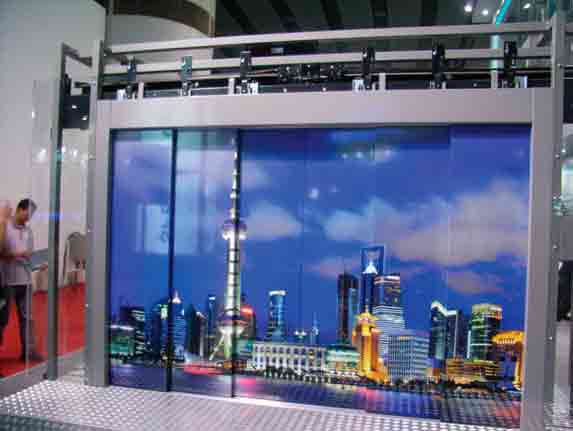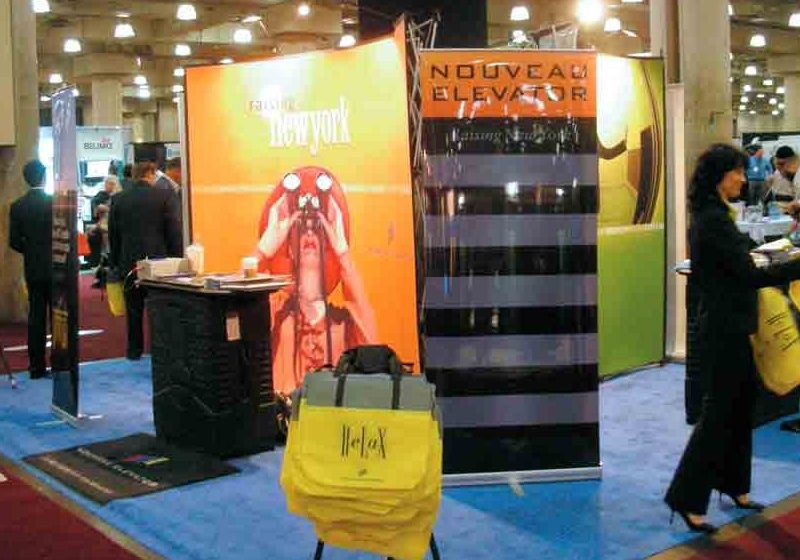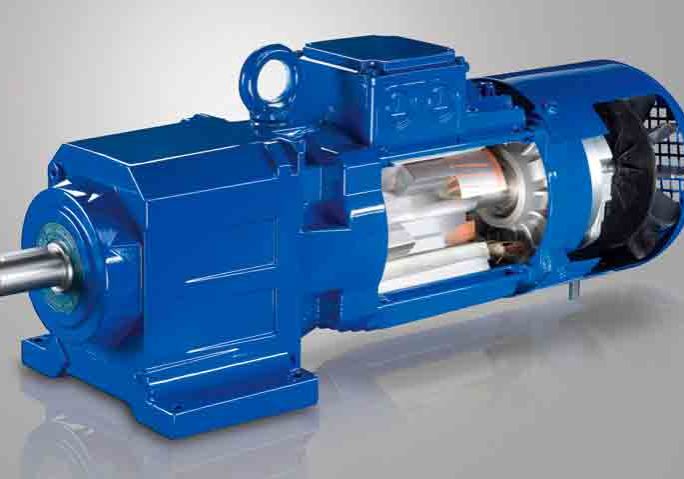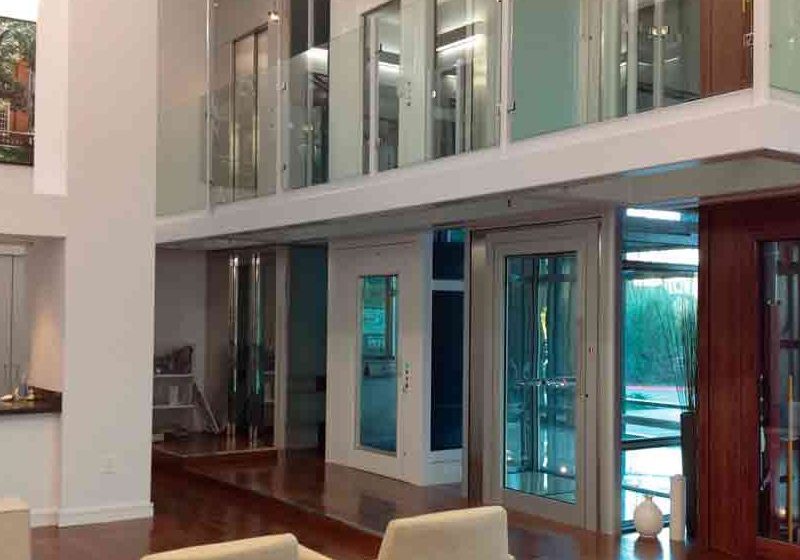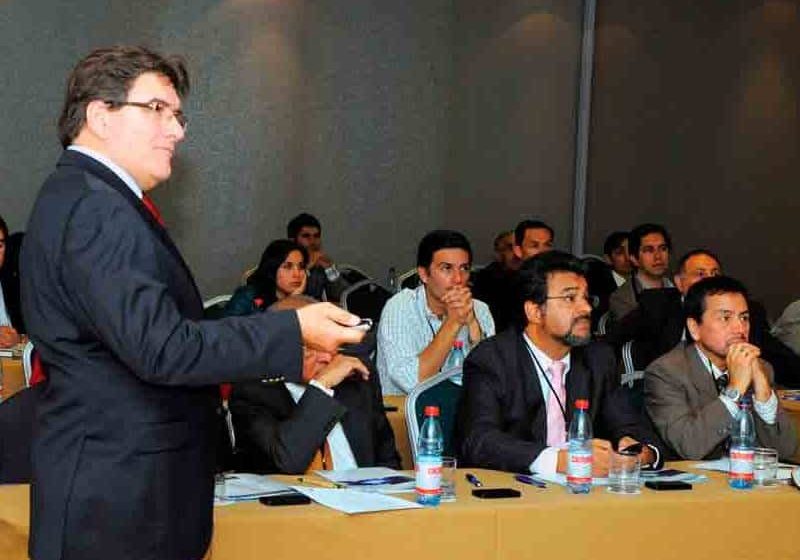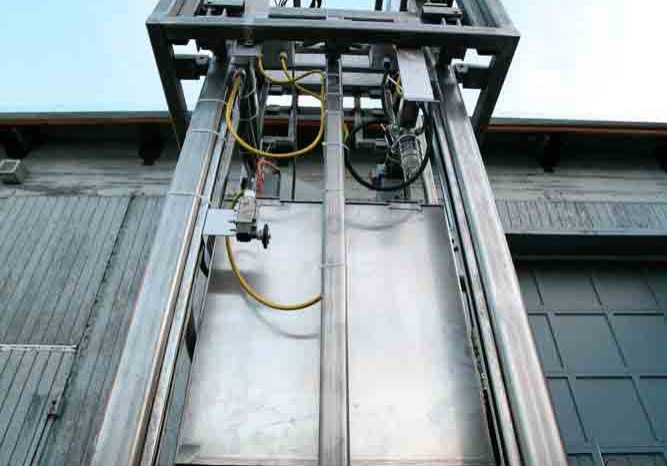A recap of the 10th China World Elevator & Escalator Expo held in Guangzhou, China, on May 16-19
The first China World Elevator & Escalator Expo (WEEE) was held in Beijing in August 1996. Since then, the event, regarded as China’s sole international exhibition, has grown quickly alongside the development of the Chinese elevator industry, and was located alternatively in Beijing and Shanghai every other year until 2004. Then, the event was held in Langfang, China, a hub of the elevator industry, in 2006, 2008 and 2010, respectively.
The 10th WEEE took place in Guangzhou, China, on May 16-19, marking the first time the event was held in Southern China. The venue was recently built for the Guangzhou Trade Fair located in Pazhou, China, an island on the Pearl River linked to other parts of the city with three major highway bridges and a subway line (ELEVATOR WORLD, March 2012). The building’s six show halls are accessible by escalators from a visitors’ entry equipped with moving walks on one side on the second floor, while exhibitors can enter their respective show halls by elevators from the basement floor. The exhibition facilities, including six show halls with 60,000 m² of floor space, and the accommodation and communication capacities available in Guangzhou were well matched for the event. The main exhibition halls held more than 700 exhibitors from around the world in an area larger than before, attracting more than 98,000 visitors in four days and setting WEEE records.
The opening ceremony took place on the morning of May 16; beforehand, Zhang Lexiang, vice secretary general of the China Elevator Association (CEA), read the list of the honored guests. As tradition, the ceremony was highlighted by a ribbon cutting. Zhang Gang, consultant to the State Council and chairman of the China Promotion Association for Special Equipment Safety and Energy Saving, congratulated the organizers on the expo’s grand opening and wished them future successes. According to Zhang Gang:
“China’s elevator industry grows rapidly with its national economy, maintaining a 20% annual growth rate in recent years, and this tendency will continue with the country’s accelerating urbanization and aging population. By the end of 2011, there were 456 elevator and escalator manufacturers, 155 major component manufacturers and 5,867 contractors specialized in installation, modernization and maintenance nationwide, with 2.01 million elevators and escalators in operation. China now ranks number one in the world in terms of annual elevator output, annual growth rate and number of installations in use, respectively. China, as a wider-opening country merging into the global economy, holds ever greater room and potential for the development of the Chinese elevator industry that provides unprecedented opportunities, from which the global elevator industry will benefit for its development.”
Zhang Gang continued by stating that WEEE highlights the global trends and direction of elevator development by displaying new industry products, technologies and techniques, while promoting the exchange of concepts, experiences and research activities for the development and progress of the elevator industry. Zhang Gang also discussed the roles elevators play in modern buildings, and touched on the responsibilities government authorities, quality-inspection departments, manufacturers, users and relevant associations have for elevator safety. Zhang Gang then announced the International Elevator Security Conference would convene the following day. This was attended by more than 200 elevator code and safety inspection professionals from around the world. “I believe through the efforts of all, China’s elevator industry will keep developing at a fast pace, contributing to the scientific and safe development of the nation’s economy and the reviving of the global economy,” Zhang Gang concluded.
Safety is one of the major topics in the industry, and innovative and improved safety components were seen from booth to booth. With the evolution of safety codes and standards, smart solutions, such as for unintended car movements, were common at WEEE. Shanghai Yungtay provided visitors with a riding safety experience by showcasing its braking force detection device, which gives an alarm when insufficient braking force is detected. In such situations, the device either works to put the lift back in normal operation or stops the car safely for passenger evacuation. The automatic rescue system to prevent car slipping generates a compensation braking force or adds another braking force up to what is required to stop the car at a safe position in the event of unintended car movement. Your reporter saw an inspection-box series, which combines safety functions and makes field work easier. As safety inspection and testing plays an increasingly important role, organizations involved in special-equipment inspections, like the National Elevator Quality Supervisory and Inspection Center (Guangdong), made their presence at the show.
Traction machines are often regarded as the heart of elevators and escalators. The range of equipment showcased at WEEE indicated their diversity. With the permanent-magnet, synchronous-motor gearless machines dominating machine-room-less (MRL) installations, traditional geared machines were displayed throughout the exhibition halls. A range of mechanical features of the gears displayed at the expo suggest geared machines will continue. Another traditional drive system, hydraulic drives will remain a valued solution as heavy-duty cargo elevators and accessibility systems. The Xizi Group displayed a running traction machine for high-speed lifts that attracted the attention of many visitors. As the growing population and urbanization demand higher buildings, the demand for high-speed elevators also increases.
Door systems also play an important role in passenger safety, in addition to aesthetics. Meanwhile, door drive manufacturers remain innovative to improve the passenger experience, energy savings and noise levels of door operations. This trend was illustrated by several exhibitors.
Going green remains a trend in the global elevator industry and was evident at this year’s event, as industry products are being revolutionized by green features and technology. Many companies displayed various green products, ranging from driving systems with energy-retrieval operations to car lighting. Passenger-entry sensors are now widely applied to escalators, which operate at slow speeds (energy-saving mode) as long as passengers are not detected. Terminal blocks with spring-cage connections are a field-friendly feature that can save time and materials. In addition, an increasing number of components and systems are being designed and manufactured to reduce carbon discharge, which, in turn, contributes to the environment.
Technologies such as LCD displays are commonly used in lift indicator systems, which not only provide various user choices, but also additional information such as news, real-time building traffic, and local time and weather forecasts. In addition, lighted push and touch buttons make lifts more aesthetically appealing and user friendly.
Art and culture also influenced product and stand displays this year. A red booth provided stainless-steel door decorations inscribed with the patterns of the four Chinese lucky characters fu, lu, shou and xi, meaning rich and happy life, reward, long life, and joyfulness. One cab display had an oil painting on one of its interior walls; such art can provide an inviting environment.
The seminars during WEEE were focused on the orientation and pertinent issues of today’s industry, including newly developed technologies for super-high-speed elevators such as those designed by Shanghai Mitsubishi and Hitachi China, and controls for high-speed elevators by Shanghai Step. Designs such as the capsule-shaped car exterior, designed to reduce air resistance and in-car air pressure control to improve riding comfort, were found applications in high-speed lifts. In addition, Otis hosted a news release, Toshiba and Wittur held new product releases, and TÜV SÜD hosted a seminar providing explanations of EN 81-1:1998 and A3:2009 standards. With the growth of the Chinese elevator industry, various consulting and certification services by an Accredited Elevator/Escalator Certification Organization and/or consulting groups will be continually needed.
A summit titled “Green, Safety and Intelligence” was jointly hosted by CEA and Sina Real Estate, marking the start of a cooperative development of the two industries toward substantial prospects. The presentations sparked the interest of real-estate developers, who paid immediate visits to their booths and plunged into conversations about the exhibits they saw on display. The summit proved to be an innovative forum for exhibitors, visitors and potential customers alike.
As Elevator World, Inc. has done before, we presented exhibitors and vistors with a copy of our China Digest 2012, which provided useful articles and information for Chinese readers. The opportunity to network with friends in the global elevator industry was appreciated and is significant to building future friendships and partnerships. Friends from North America and Europe enjoyed a few days working together and catching up. During the exhibition, your reporter met with former colleagues Zhang Shiyun and Ning Guoshu, who used to work for China’s first elevator joint venture; both of them belong to the first-generation specialists in the Chinese elevator industry and remain involved.
To some extent, exhibitors owe their success at the event to the workers who helped build and set up the booths. No matter how drastic the mess looked or how late they worked on the displays, in the end, the event looked excellent.
Get more of Elevator World. Sign up for our free e-newsletter.
